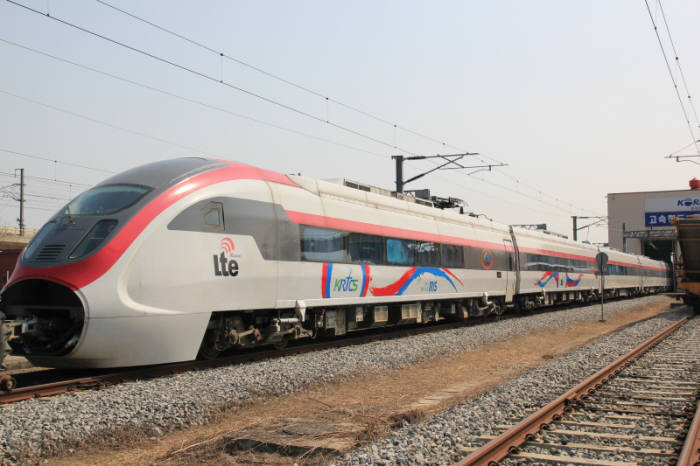An integrated wireless network for railways (LTE-R) will be commercialized from this year. LTE-R is the world’s first LTE-based wireless railway communications technology developed under leadership of Korea Railroad Research Institute (KRRI). Since the domestic standard establishment in October last year, introduction of this technology to Busan Subway has been decided. Now, the technology introduction to Sillim Line and Gwangju Subway Line 2 is being examined.

According to the industry on the 5th, the introduction of Korean radio-based train control system (KRTCS) to the light rail transit Sillim Line to be opened in 2020 has been decided. KRTCS was developed for localization of domestic railway control system, which had been dependent on foreign technologies. It can be accessed through not only LTE-R, but also Wi-Fi network.
Seoul Metropolitan City and KRRI are scheduled to exchange a MoU for technological cooperation next month. Considering a link with the national disaster and safety communications network (disaster network) in the future, experts in the industry forecast that it is more likely for LTE-R to be used as a core technology than Wi-Fi.
Gwangju Metropolitan Urban Railroad Construction Headquarters, which is to place an order for a vehicle operation system manufacturing and purchasing project for the Subway Line 2 as early as next month, is also examining the introduction of LTE-R. This is because LTE-R is effective for cost reduction and prevention of redundant investments. The Ministry of Public Safety and Security plans to recommend LTE-R adoption to all railway-related institutes in Korea including Gwangju Subway Line 2 considering integration with the disaster network in the future.
LTE-R introduction to the existing Busan Subway lines and an extension line to Dadae has already been decided. In addition, LTE-R will be installed in Wonju – Gangneung section prior to the Pyeongchang 2018 Winter Olympic Games. The construction will be wrapped up around 2016. Other local governments including Daejeon Metropolitan City have also started examining LTE-R application as a key railway communications technology.
Integrated wireless railway network is a key infrastructure for safe railway operation and prevention of train accidents. However, most railways are using old technologies like VHF system, and thus prompt accident handling is difficult. This is the reason KRRI has been developing the LTE-R based KRTCS since 2010.
LTE-R has been verified of its performance through pilot implementation on the 12km section of Daebul Line in 2012 and a 54km section of Honam line afterwards. In particular, by accommodating most of the five multimedia functions in addition to the 37 disaster network functions, it played a determinant role in the promotion of disaster network establishment in the form of an integrated public network.
In Europe, a LTE-R project similar to Korea’s KRTCS was commenced in 2013. In August last year, a French transportation company Alstom announced a plan for LTE-based wireless communication railway control signal system (CBTC) commercialization. A majority opinion in the railway industry is that Korea must urgently promote the technology commercialization in order not to be overtaken by overseas companies.
“Korea is being called a showroom of railway systems because a variety of foreign railway control systems are being introduced and operated. As much as so, the issue of dependence on foreign technologies and drainage of national wealth is in a serious state,” said a KRRI source. He emphasized the necessity of LTE-R introduction, “We can solve various problems including the tyranny of price only when we introduce economic communications technologies that are optimized to the domestic environment.”